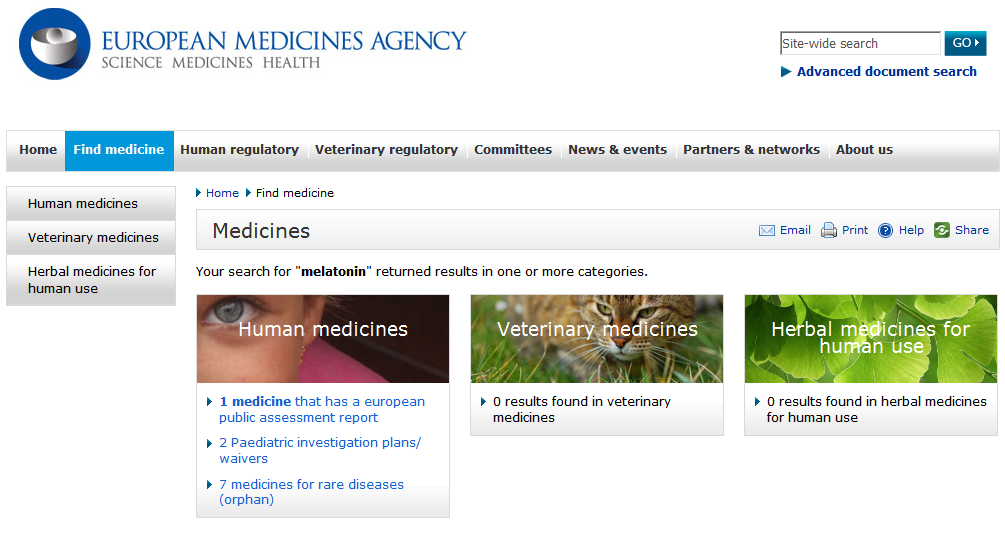
Those who have seen the British movie “The Best Exotic Marigold Hotel” (2012) will remember that one of the protagonists, a cantankerous old lady who saves the hotel thanks to her bookkeeping skills, goes to India to get a quicker treatment for arthroplasty although I can’t remember whether it was for a hip or knee replacement. It serves as another example of what is known as medical tourism which consists of precisely that, travelling to another country to find a health service more quickly or cheaply.
Barcelona is a centre of attraction for health tourism and several clinics and hospitals in the city advertise their services through the Barcelona Medical Center and the Barcelona Medical Agency, in a mix of hotel interests and prestigious professionals. The Catalan Tourism Agency itself includes this as an asset for a country. Not long ago, when there were doubts about whether there would be enough antiviral treatments of direct action to treat all people infected with the hepatitis C virus, some astute countries like Egypt, where tourism had dropped sharply for different reasons that have not gone by unnoticed, announced that for 5,900€-8,000€ you could spend one week in the country, have a stroll around the pyramids and at the same time receive treatment. It is worth mentioning that Egypt, due to its high prevalence of hepatitis C, has great expertise in this and is an undeniable tourist destination, even more so if we throw in a cruise along the Nile to boot.
We are not saying anything new regarding health tourism because even in the times of ancient Greece some temples in Asclepi had more attraction than others. It is a phenomenon which has been on the rise for quite a few years now even though it has been affected by economic recessions, like other businesses. We are talking about a medical tourism which is sensitive to quality and another more sensitive to cost; the first predominant among the affluent and the second among the middle class. No country seems to be protectionist in this field. In fact, quite the contrary and it is a form of importation (people who come looking for a health service with a short stay but which can easily be extended in the long term to pensioners that come looking for sea and sun in the last years of their lives). It could almost be considered as a form of foreign investment.
There are countries which, following Adam Smith’s recommendations, have specialised in a particular type of health tourism. Barcelona is well-known for its eye clinics, digestive surgery, transplants and assisted reproduction. In terms of transplantation, everyone knows that the trade in human organs is banned but no one doubts that in some countries it is done. Regarding assisted reproduction, the greater or lesser attraction of a country is largely determined by the degree of permissiveness in its legislation and as with other types of health tourism, by its costs. This legal issue becomes particularly apparent in what is known as surrogate pregnancy or surrogacy. It is said that this “industry” specifically, where a difference can be made between gestational surrogacy (embryos generated in vitro) and traditional methods (only artificial insemination), generates up to 6 billion dollars annually and that India is one of the main destinations. Needless to say, there are considerable ethical issues regarding both assisted reproduction and transplantation.
Besides what has already been mentioned, one can find a wide range of services abroad: all sorts of heart, bariatric or plastic surgeries, and also the more traditional treatments in health spas in exclusive locations (who does not think of “The Magic Mountain” by Thomas Mann). For those who see the world as a potential source of business, medical tourism can be a great investment and if tendencies today are anything to go by, it will continue grow even more in the future. It is also a very competitive field of business, especially in terms of prices as an international comparison of costs show.
Post written by Joan MV Pons.











